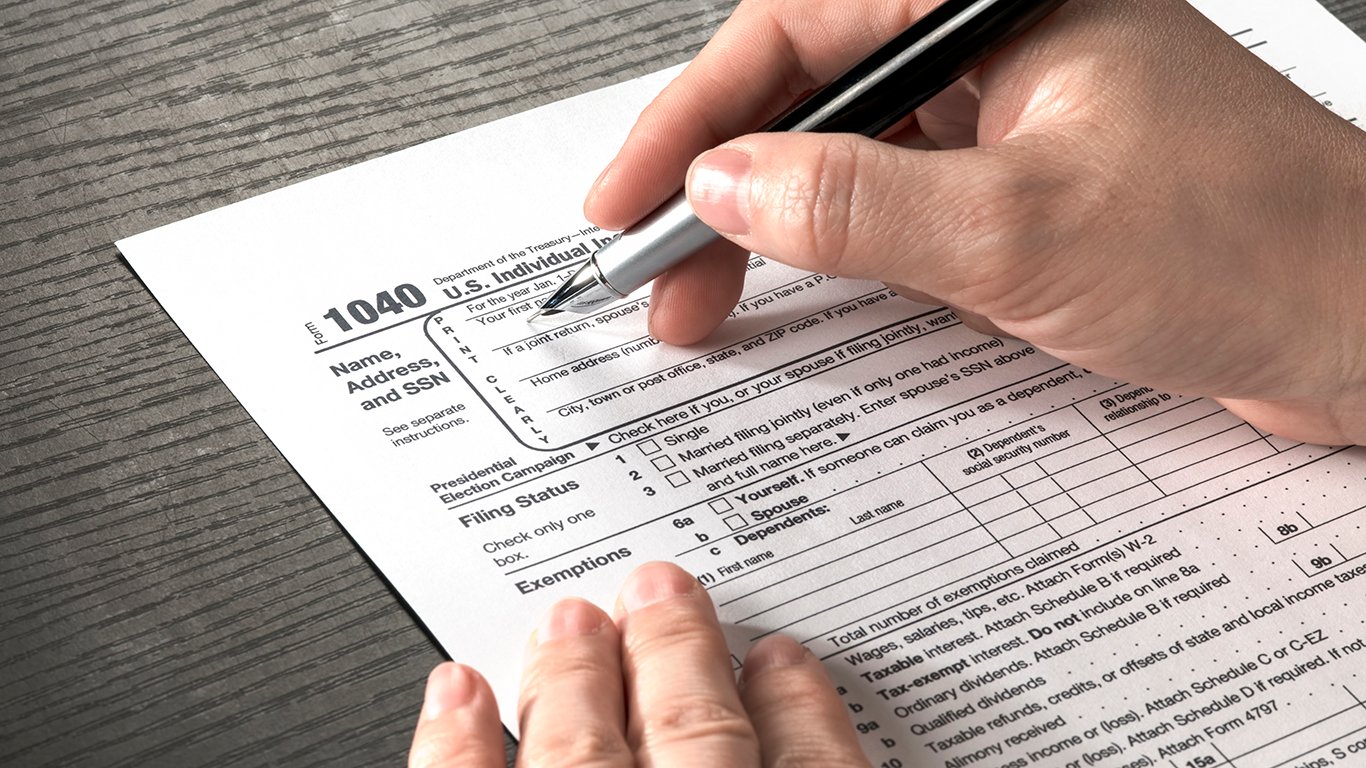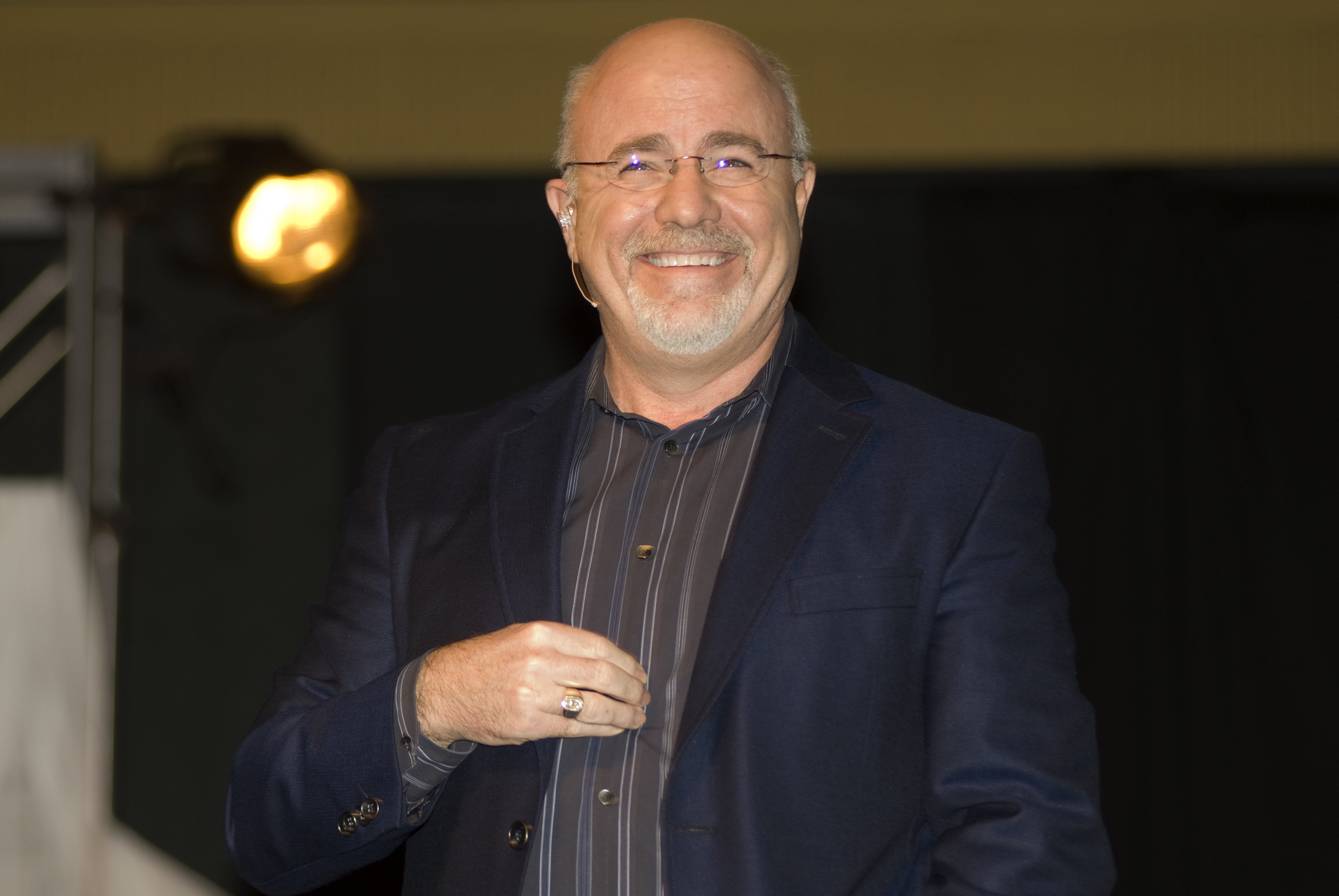

Many investors need income from their stocks to help supplement their life or retirement. With the yield on Treasuries so low, and with the Federal Reserve embarking on an interest rate cut cycle, many of these income-oriented investors are having to keep a focus on a specific group of stocks with steady and stable dividends. They may have purchased Treasury notes and bonds or bank certificates of deposit (CDs) in the past. The problem now is that CD yields are generally close to 2.5% (or less) the world of CDs just hasn’t really been as big of a draw compared to prior decades. And investing in Treasuries doesn’t even get a 2.0% yield out for five years, and the 10-year Treasury doesn’t generate a 2.10% yield. The 30-year Treasury now yields only about 2.6%.
Bank stocks have started to become the new income investor alternatives over Treasuries, CDs, utilities and other bond-like investments. Banks are cheap versus the market, and the big banks have begun returning massive amounts of capital to shareholders ($125 billion in buybacks alone). Most of the banks still have more upside to the Refinitiv analyst target price as well, while utilities have reached or even surpassed their consensus target prices.
It was back in 2012 that 24/7 Wall St. first showed how the utility stocks were becoming the replacement for CDs for income investors. In 2019, and even in 2018, banks have been replacing utilities as those replacements for CD investors. Now that all the major banks have been given non-objections for capital return plans by the Federal Reserve after its Comprehensive Capital Analysis and Review (CCAR) stress tests based on incredibly strong balance sheets, banks seem to be returning more capital than ever with massive dividends and stock buybacks. Many of the major and multiregional banks are still valued at between 10 and 12 times forward earnings, a handy discount to the stock market as a whole and a handy discount to the expected earnings multiples of most major utilities.
The Utilities Select Sector SPDR Fund (NYSEARCA: XLU) was trading at roughly $37 back in 2012, versus about $60 at the current time, but the exchange-traded fund looks to have paid out about $8.30 in dividends since that time. The difference between then and now, even considering the gains and payout hikes, is that it was possible to find yields from utilities stocks of closer to 5% back in 2012, and the Utilities Select Sector SPDR Fund dividend yield was closer to 3.9% at that same time. That fund’s yield is closer to 3.1% now, and the median dividend yield is about 3.1% of the 28 utilities screened in the S&P 500 Index, and the electric utilities within the S&P 500 are currently valued at about 19 times forward earnings, versus about 14 times back in 2012.
There is no free lunch when it comes to investing. Some of the top banks come with risks. Lower interest rates could squeeze margins lower, politicians love to rant about breaking up the big banks, and there are still calls for more intense scrutiny and regulations of the big banks. The test of time has proven that big and healthy banks have been able to overcome many of the challenges thrown at them over time. 24/7 Wall St. has laid out the case for each major bank stock and many of the well-known multiregional banking players. Companies that are more brokerage and investment banking rather than true bank outfits have been excluded.
Bank of America
> Yield: 2.3%
> Forward P/E: 11.0
Bank of America Corp. (NYSE: BAC) has committed to return a whopping $37 billion to shareholders through dividends and share repurchases from July 1, 2019, through June 30, 2020. The prior dividend of $0.15 per common shares is rising by 20% to $0.18 per share for an annualized payout of $0.72 per share. Bank of America’s common shares recently closed at $30.77, and Refinitiv has a consensus earnings per share target of $2.85 per share for 2019 and $3.06 per share for 2020. Its new dividend yield will be 2.34% when reflecting the hike.
With close to $30 billion targeting net buybacks, Bank of America may retire about 10% of its net outstanding shares, based on current prices. Its common shares were trading at $28.21 ahead of the CCAR results and traded up to $29.00 the day immediately after the stress test results were released. If it provides any comfort, note that Warren Buffett just added even more to his massive Bank of America stake.
Citigroup
> Yield: 2.8%
> Forward P/E: 8.5
Citigroup Inc. (NYSE: C) is a money center bank that many parts of the country might not even have physical access to, but it still has plenty of international exposure that can help drive growth. While Citigroup may have been perceived as the least healthy money-center bank after the recovery, its current share price of $72.16 compares with a stated book value of $79.40 per share, and it is the only money-center at a discount to book value, even if its tangible book value is $67.64 per share.
Citi received no objection from the Federal Reserve about increasing its common stock dividend from $0.45 to $0.51 per share and about a common stock repurchase program of up to $17.1 billion. That new yield is 2.82%, and the buyback would imply a retirement of more than 10% of common shares outstanding. Citigroup even recently was picked as one of the three big bank holding company winners from the Fed’s rate-cutting cycle.
JPMorgan
> Yield: 3.1%
> Forward P/E: 11.0
JPMorgan Chase & Co. (NYSE: JPM) is still considered the most healthy of the big banks due to its premium over book value. Trading at $116.22 a share, JPMorgan ended the second quarter with a stated book value of $73.77 per share and a tangible book value of $59.42 per share.
JPMorgan confirmed after the CCAR stress test that the Federal Reserve Board did not object to its capital plan for 2019, and the bank will increase its quarterly common stock dividend to $0.90 from the current $0.80 payout per share. It further authorized gross repurchases of up to $29.4 billion in the four-quarter period for new common equity repurchases. This gives it a 3.10% dividend yield as of now and the bank is set to repurchase close to 8% of its outstanding shares. Its shares have even recovered and gone positive after what was considered a lackluster earnings report.
PNC Financial
> Yield: 3.2%
> Forward P/E: 12.9
PNC Financial Services Group Inc. (NYSE: PNC) has rapidly increased its book value per share to $101.53 as of the end of the second quarter of 2019, up from $98.47 at the end of the first quarter alone and $92.26 per share a year earlier. PNC’s board of directors raised the quarterly cash dividend on common stock by $0.20 per share, or by 21%, to $1.15 per share. PNC’s post-CCAR stress test also will allow for share repurchase programs of up to $4.3 billion for the four-quarter period, beginning in the third quarter of 2019, compared with a current $63 billion market value. That generates a 3.22% yield, based on the most recent share price of $142.80.
As of the end of the first quarter of 2019, PNC also still owned more than 34 million shares of BlackRock Inc. (NYSE: BLK), and that 22% stake would be worth an implied amount of more than $16 billion today.
U.S. Bancorp
> Yield: 2.6%
> Forward P/E: 13.5
U.S. Bancorp (NYSE: USB) has a $91 billion market cap and comes with a 2.58% dividend on last look. The bank said after its CCAR stress test review that it would be raising its quarterly dividend to $0.42 per common share, a gain of 13.5%. This is expected to increase the annual dividend equivalent to $1.68 per common share. It also has approved a four-quarter authorization to repurchase up to $3.0 billion of its common stock.
Wells Fargo
> Yield: 4.1%
>Forward P/E: 10.0
On July 23, Wells Fargo & Co. (NYSE: WFC) formally announced that it was increasing its quarterly dividend to $0.51 per share. This six cent per share hike represented an increase of 13% from the prior payout. While the dividend increase announcement has been made, this was largely anticipated after the Federal Reserve’s recently concluded CCAR plan included no objections, as well as for higher share buybacks.
What stands out here is that the money center bank now yields more than 4.1% for its dividend, based on Friday’s closing price of $49.30. This stock is still down about 17% from its 52-week high and down about 25% from its peak prior to the Wells Fargo fake-account and incentivization scandals rocked the company and eventually forced John Stumpf out of his role leading the bank.
There are also quite attractive dividend yields in the multiregional and more well-known names outside of the money-center banks. In some cases, these banks may have far larger growth opportunities ahead via mergers or other expansion plans while the big banks simply are blocked by regulations from acquiring more deposits or by taking on more risks. That said, not everyone is on board about the bank attractiveness, a Merrill Lynch downgrade stood out handily. Still, the regional banks featured below come with valuations that are handily lower than the S&P 500 as a whole, and the dividend yields generally are in the 3% to 4% range.
Citizens Financial Group Inc. (NYSE: CFG) has a market capitalization of about $17 billion and a 3.4% dividend yield. Its forward P/E ratio is 10.2.
Fifth Third Bancorp (NASDAQ: FITB) has a market cap of close to $22 billion, and the bank now comes with a dividend yield of about 3.2%. It is valued at almost 10 times forward earnings. It received no Fed objection to distribute approximately $2 billion in capital through common share repurchases and by increasing its per-share common dividend.
Huntington Bancshares Inc. (NASDAQ: HBAN) has a $15 billion market cap, and its dividend yield now screens at 3.83%. The forward P/E ratio is 10.8.
KeyCorp (NYSE: KEY), the parent of KeyBank and KeyBanc Capital Markets, has a market cap of close to $19 billion. Its current dividend yield is 4.0%. KeyCorp is valued at 9.8 times forward earnings.
Northern Trust Corp. (NASDAQ: NTRS) raised its quarterly cash dividend to $0.70 per share on July 23, an increase of approximately 17% from the prior $0.60 per share. The new $2.80 annualized dividend per common share represents a dividend yield of 2.98%, based upon its $99.64 closing price on Friday. The parent company of Northern Trust has now more than doubled its dividend payout since 2015 alone. Northern Trust still comes with a premium valuation of 14 times forward earnings.
Regions Financial Corp. (NYSE: RF) announced on July 24 that its board would increase its quarterly common stock dividend payout by almost 11% to $0.155 per share. This new $0.62 annualized per share dividend generates a dividend yield of 3.85%, based on a recent share price of $16.04. What’s impressive here is that Regions already had doubled its dividend from 2017 through early in 2019. Regions is valued at almost 10 times expected earnings.
SunTrust Banks Inc. (NYSE: STI) is in the midst of changing its name to Truist on the heels of its merger with BB&T Corp. (NYSE: BBT). The current yield screens at 3.00%, but with the merger many investors and analysts will have a hard time integrating the numbers for a number of quarters. SunTrust’s forward P/E ratio was under 12.
Zions Bancorp. (NASDAQ: ZION) recently raised its dividend to $0.34 from $0.30 per share, and it was allowed to pay out more of its income to shareholders with a $275 million buyback for the third quarter. With a price of $45.16, its new dividend yield will be 3.0% for new investors. Zions is valued at about 10 times forward earnings.
Some investors might choose to invest in the Financial Select Sector SPDR Fund (NYSEARCA: XLF) rather than taking on individual stock risks. The problem here is that Berkshire Hathaway dominates that ETF and rival financial sector ETFs. Many other nonbank financial companies also have high weightings in the financial sector ETFs, which may diminish targeted dividend yields.
Sponsored: Attention Savvy Investors: Speak to 3 Financial Experts – FREE
Ever wanted an extra set of eyes on an investment you’re considering? Now you can speak with up to 3 financial experts in your area for FREE. By simply
clicking here you can begin to match with financial professionals who can help guide you through the financial decisions you’re making. And the best part? The first conversation with them is free.
Click here to match with up to 3 financial pros who would be excited to help you make financial decisions.
Thank you for reading! Have some feedback for us?
Contact the 24/7 Wall St. editorial team.
 24/7 Wall St.
24/7 Wall St.


